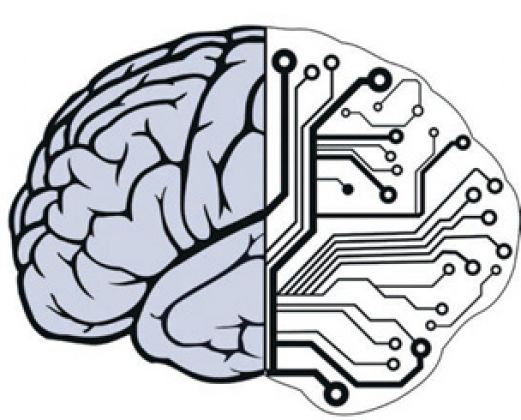The digital revolution, mostly driven by an addiction to convenience, speed, and instant gratification, is unfolding at a dramatic pace. It is compromising child development and changing the nature of human interaction. That this transformation has provoked a limited reaction from most parents and teachers, is disconcerting. Albert Einstein once said that “Everything that can be counted [digital] does not necessarily count; everything that counts cannot necessarily be counted [analog].”
Rather than seek a healthy balance, many parents have embraced the growing incursions of digital technology without considering their adverse impact on digital natives – children born in the digital age without the exposure to analog technology of the previous generations. This is not only impacting children’s health and social skills but “re-formatting” their thinking in ways we do not fully understand.
Children of the digital age are exposed to an unprecedented number of distractions and seductive ways to “waste time” (countless digital games, texting, social media, and Internet use), allowing them less time for real human interaction, real world experiences and free play – experiences that are necessary for them to develop into thoughtful and responsible social human beings.
Digital technology promotes multi-tasking which optimizes the brain for piecemeal and very rapid information processing. Unfortunately, this weakens the brain’s ability to screen out distractions, read comprehensively and contemplate. More people are complaining about how their addiction to email and Internet overload is robbing them of their time, attention, and health. Recent articles such as “We have been seduced by distraction” (Toronto Star, March 29, 2014) and “Smartphones Could Be Making Us Dumber” (New York Times, June 16, 2013) warn of how the technology outstrips the mind’s capacity for distraction. If parents and educators, who should know better, are being seduced and distracted by the digital onslaught, what chance do our children have?
The replacement of cursive writing in public schools with digital counterparts is a clear example of educators being oblivious to the important analog connection between the body and the developing brain (something well documented by Montessori, Piaget and other education theorists). The continuous flow of the hand, as it shapes the letters, words, and sentences, connects the body to the mind in a way that clicking on a key or screen can never duplicate.
Digital information from smart phones, iPads or similar devices is processed by the brain in a very different way than information from analog formats, which is absorbed more naturally. A report in Scientific American (November 2013) suggests that reading on paper has unique advantages over reading on digital devices, which “codes our minds.”
There is a built-in tendency for digital devices to programme users (especially children) to become “robotic” and to turn off their capacity for creativity, introspection, and imagination. The purpose of many algorithms (apps or games) is to promote consumerism by appealing to the addictive or pleasure centres of the brain. Neuroscientists examining how digital technology affects cognitive functions maintain that excessive use can decrease the brain’s capacity for focus, memory, and profound thought, and can promote laziness. Studies show that the brains of children who spend too much time with digital devices are getting wired to go with the technology. Media guru Marshall McLuhan predicted this would happen long before the technology existed: “We become what we behold. We shape our tools and then our tools shape us.”
Stanford and MIT psychiatrists have discovered that excessive Internet use is creating major shifts in our children’s personalities and mental health. The digital age child is susceptible to Internet addiction, Internet use disorder, and a constant state of anxiety labelled “reward anticipation.” When kids develop a dopamine habit during early childhood, be it through sugary treats or computer games, more serious problems may ensue. Recognizing that screens can be addictive, particularly for young children, in May 2013 the American Psychiatric Association added “Internet use disorder” (IUD) to its Diagnostic and Statistical Manual of Mental Health Disorders.
Adolescents are dedicating more time to social media devices than to any other waking activity, including school. The American Academy of Pediatrics has long-standing recommendations for banning TV from children’s bedrooms and limiting unrestricted screen time for teens to two hours daily. This is validated by a study linking heavy use of Internet-connected devices to violence, bullying, obesity, poor sleep habits, and other serious problems.
To balance the escalating digital onslaught, parents are advised to encourage their children to spend more time in nature and to engage them in more “analog” activities such as the arts, dance, sports, drama, and music. It is important to allow children free time for daydreaming and quiet meditation. To quote Einstein once again: “I fear the day when the technology overlaps with our humanity. The world will only have a generation of idiots.” As the present-day gatekeepers of the digital transformation, it is up to us to ensure this will not happen on our watch.
Sal Ritacca is co-founder and president of the Leonardo Da Vinci Academy in Toronto.



